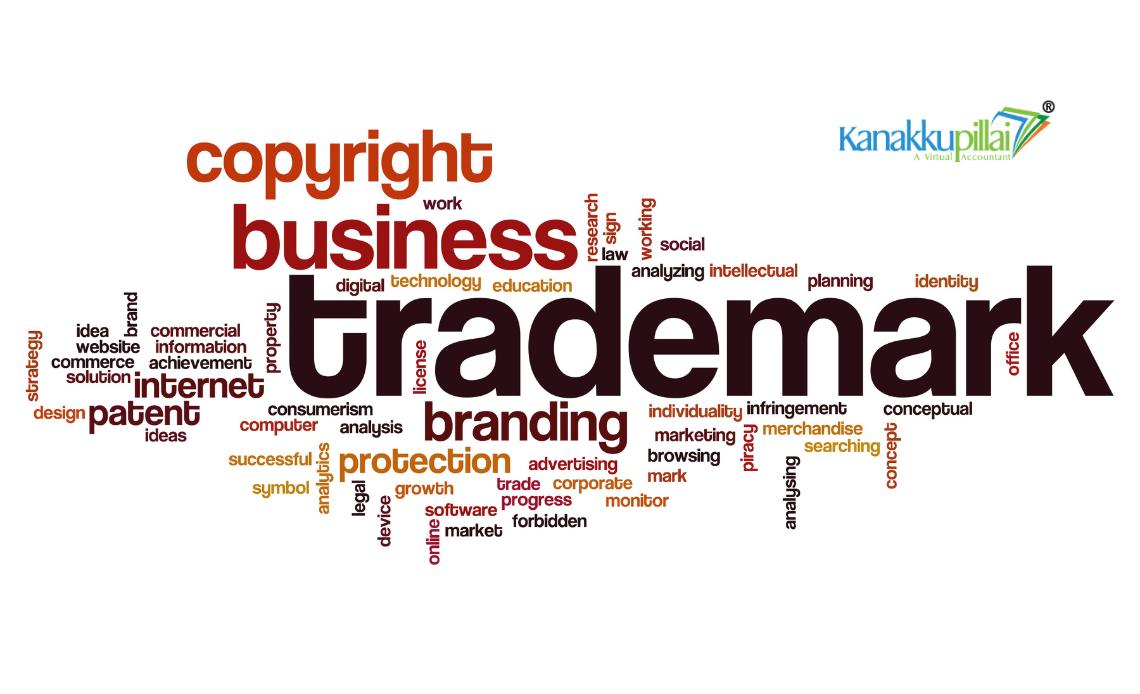Protecting their brands and intellectual property depends on entrepreneurs and business executives first registering trademarks. The value of trademark registration services in offering legal protection, increasing brand awareness, and building customer confidence is investigated in this blog. From knowing trademarks to negotiating the registration procedure and thinking about worldwide protection, this article will cover the main points businesses need to properly protect their brand identity and assets.
Benefits of Trademark Registration
- Exclusive Rights to Use the Trademark: A registered trademark gives the owner exclusive rights to use the mark in relation to the defined goods or services, stopping improper use by third parties.
- Enhanced Brand Visibility and Recognition: A registered trademark improves brand visibility and recognition by building a distinct brand image or personality, making it easier to sell and promote goods that match market requirements.
- Increased Consumer Trust and Loyalty: A registered trademark helps create respect and trust in a brand, as the quality of goods or services is known through the trademark, building trust among consumers and making lasting and loyal customers.
- Trademark as an Asset and Intangible Value: A registered trademark is an intellectual property and a valuable asset that can be sold, given, franchised, or commercially hired, holding intangible value by strengthening the brand’s personality and marketplace.
The Trademark Registration Process
- Conducting a trademark search: Ensuring the intended mark is accessible and does not contradict current trademarks depends on a thorough search of the trademark database. This stage helps spot identical or similar trademarks, therefore avoiding possible infringement problems.
- Choosing an Appropriate Trademark Class: Under the Nice Classification System, products and services are categorized into 45 classes hence choosing the appropriate trademark class is vital. This guarantees accurate and quick registration of the trademark.
- Getting ready and filing the trademark application with the Trademark Registrar—either online or in one of the five Trademark Registrar Offices. The application has to include the owner’s name and address, logo or trademark, and classification or trademark class—among other required elements.
- Should a third-party object to or oppose a trademark application, the applicant must react to the office’s actions and oppositions. This cover showing before the Trademark Hearing Officer, turning in evidence, and writing a counter-statement.
- Receiving the Certificate of Registration: Upon successful finish of the process, the candidate gets the certificate of registration, giving exclusive rights to use the trademark and the ability to add the ® sign. This marks the final step in the trademark filing process, providing legal security and brand recognition for the business.
Challenges in Trademark Registration
- Potential Conflicts with Existing Trademarks: Conducting thorough searches is crucial to finding exact or similar trademarks that may cause misunderstanding among consumers. Potential conflicts can lead to complaints, oppositions, and court battles, slowing the licensing process.
- Precise Definition of Goods and Services: Accurately describing the goods or services associated with the mark is important to avoid misunderstanding and ensure proper use of the trademark. Defining the property class and description requires careful thought to meet legal requirements.
- Legal Complexities and paperwork Requirements: Trademark registration involves handling legal intricacies and sending extensive paperwork. The entry must meet the rules and provide proof of uniqueness and use to support registration.
- tracking and Enforcing Trademark Rights Post-Registration: Maintaining legal protection requires ongoing tracking for possible infringements and taking suitable action to enforce trademark rights. Failure to actively protect the mark can lead to loss of rights and brand confusion.
Advantages of Professional Assistance
- Conducting Thorough Pre-Filing Assessments: Professionals conduct thorough searches to ensure the desired mark is available and does not clash with current trademarks.
- Identifying Potential Conflicts and Providing Strategic Advice: We identify potential conflicts and provide strategic advice on choosing a strong, protectable brand, ensuring the application meets all rules.
- Preparing and Submitting Required paperwork: Professionals prepare and submit all required paperwork for the trademark application, ensuring truth and thoroughness.
- Addressing Legal Complexities and Challenges: We handle the details of property law, addressing legal complexities and challenges, and ensuring compliance with government standards.
International Trademark Registration
The Madrid System is an easy and cost-effective option for registering and handling trademarks abroad. It allows you to make one application in one language and with one set of fees to apply for security in up to 131 countries, easing the process and lowering costs. This method offers several benefits, including the same application date in all originally selected countries, reduced costs due to a single legal examination, and simplified management of the brand portfolio through a centralized system. You can leverage current titles by using them as a base for foreign protection, ensuring stability across your global brand collection. The Madrid System supports you throughout the lifetime of your trademark, from application through to renewal, making it an efficient way to extend brand protection to multiple countries and leverage current titles for foreign growth.





